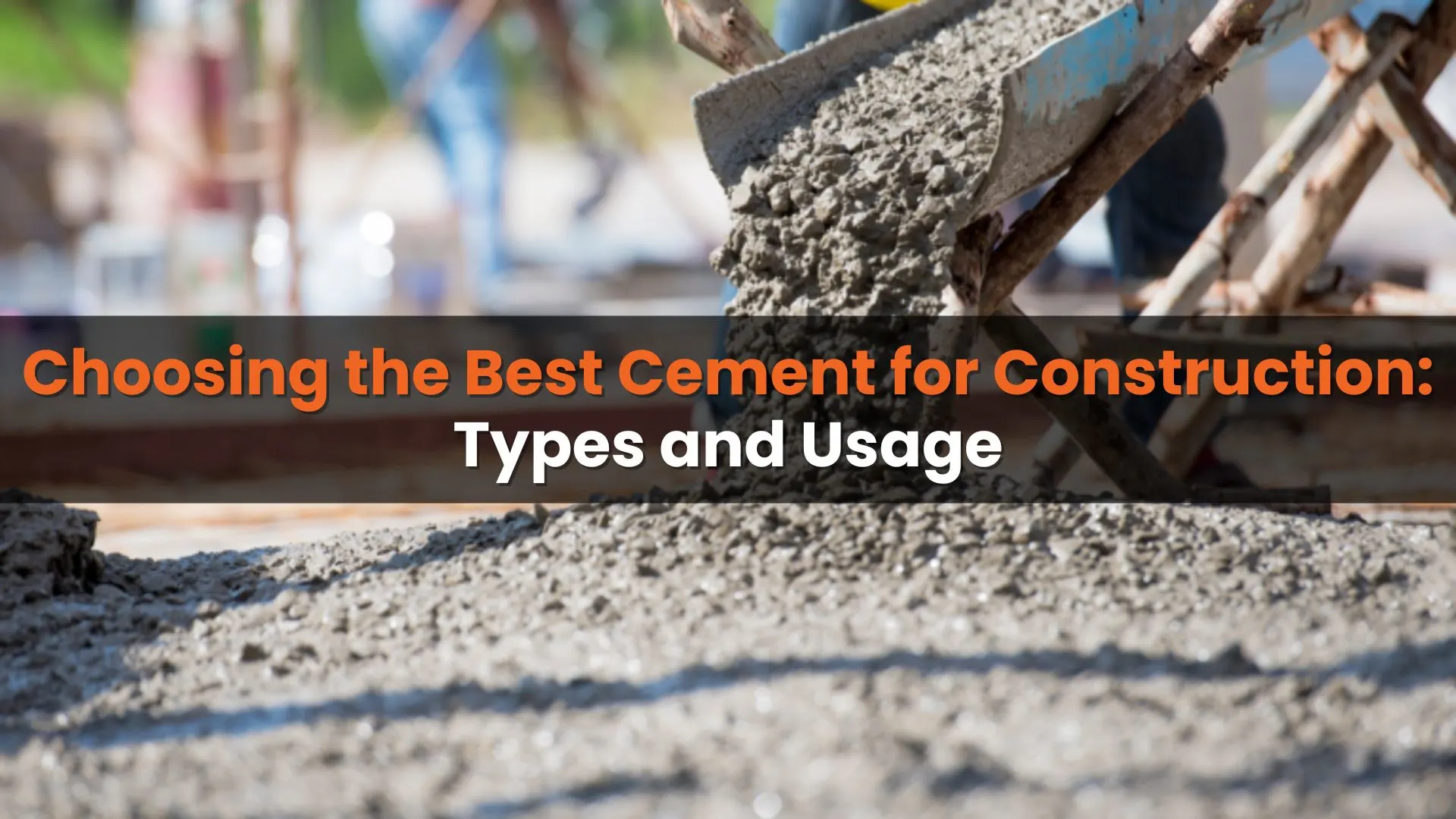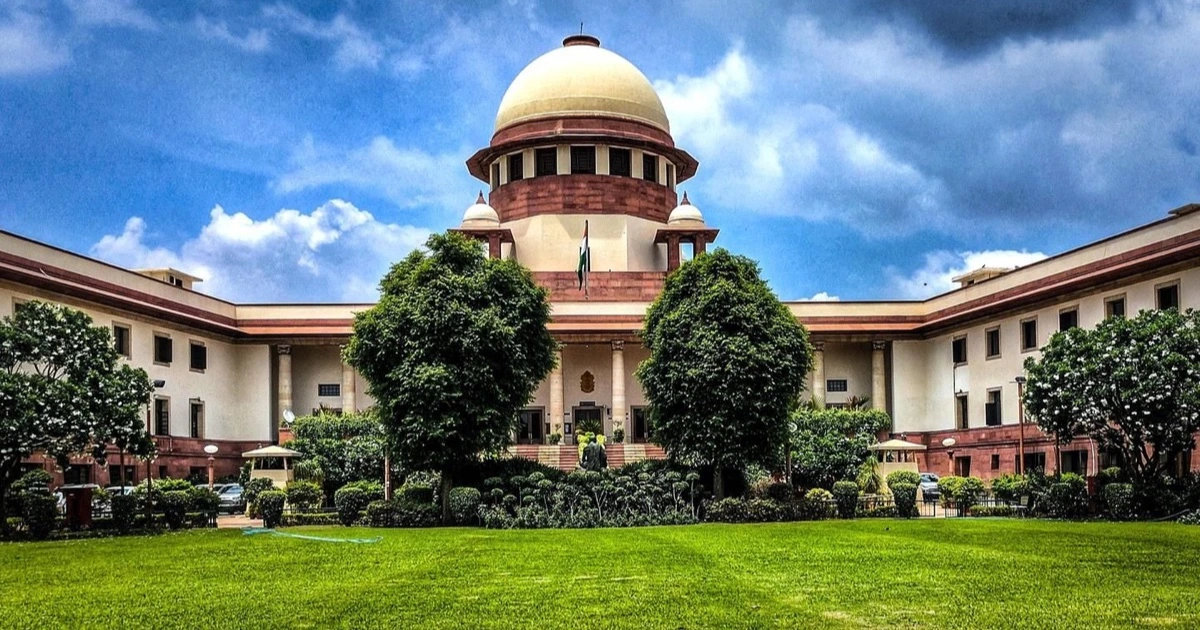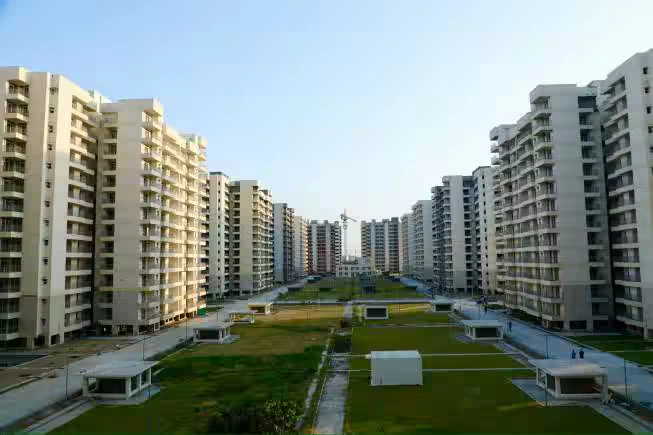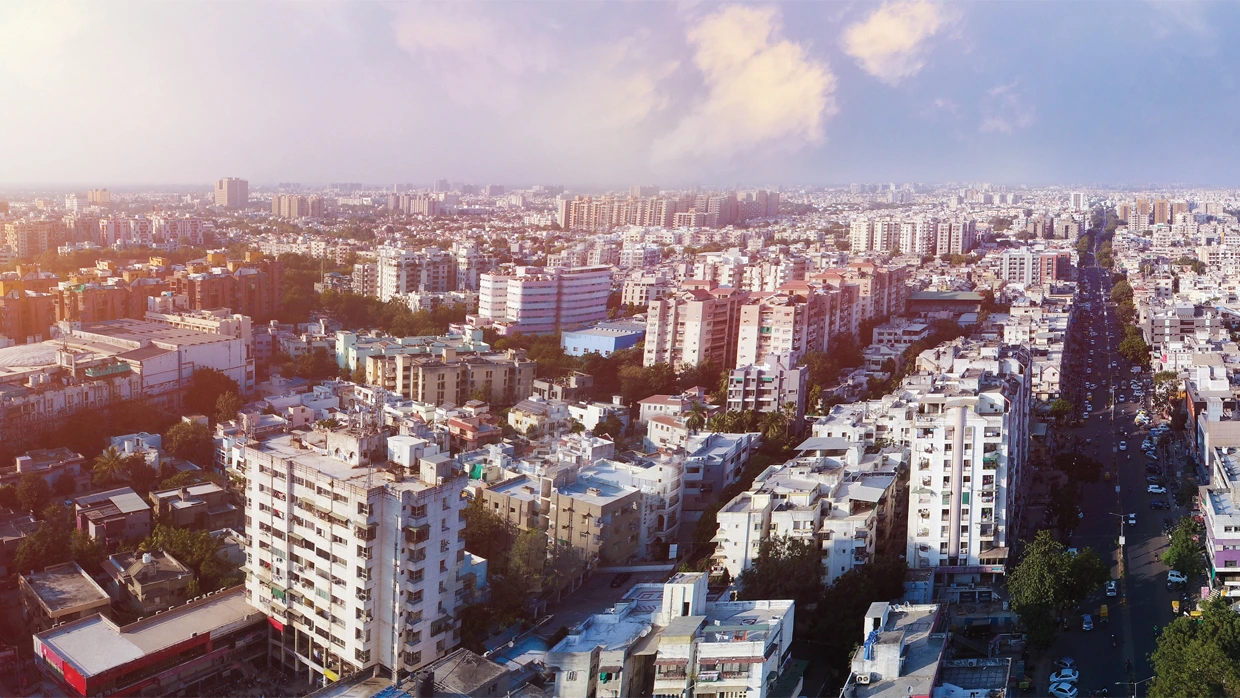Table of Content
Cement is the cornerstone of any construction project, providing strength, stability, and durability to structures. Whether you're building a dream home, a commercial complex, or a large-scale infrastructure project, selecting the best cement for construction is a critical decision. With a wide variety of cement types and brands available in the market, it can be challenging to make the right choice. This comprehensive guide will walk you through everything you need to know about choosing the right cement to ensure your construction project’s success.
India’s Dynamic Cement Market
India stands as the second-largest producer and consumer of cement globally, driven by a robust construction industry and rapid urbanization. According to the Cement Manufacturers Association (CMA), the country’s cement demand is set to rise to 550–600 million tonnes annually by 2025. This growth reflects the critical role of cement in India’s evolving infrastructure landscape. However, the diversity in the types of cement available underscores the importance of making informed decisions tailored to your specific project requirements.
Also Read: Eco-Friendly Wires: 5 Benefits for a Safer, Greener Home
Types of Cement and Their Usage
Understanding the types of cement and their uses is the first step toward making an informed decision. Each type is tailored for specific applications, and choosing the wrong one can compromise the quality of your structure.
1. Ordinary Portland Cement (OPC)
- Grades: OPC is classified into grades like 33, 43, and 53, indicating compressive strength in megapascals (MPa). Higher grades provide greater strength.
- Applications: OPC is ideal for general construction work, high-strength concrete, and load-bearing structures. It is commonly used in residential buildings, bridges, and pavements.
2. Portland Pozzolana Cement (PPC)
- Features: PPC contains pozzolanic materials such as fly ash or silica fume, enhancing its resistance to chemicals and weathering.
- Applications: PPC is widely used in residential and commercial construction due to its durability, reduced risk of cracks, and environmental friendliness.
3. Sulphate Resistant Cement (SRC)
- Features: Specially designed to resist sulfate attacks, SRC is ideal for areas with high sulfate content in the soil or water.
- Applications: Commonly used in coastal regions, sewage treatment plants, and foundations.
4. Blended Cement
- Features: A combination of OPC and PPC, blended cement offers a balanced mix of strength and durability.
- Applications: Suitable for a variety of projects, including high-rise buildings, industrial structures, and marine constructions.
5. Composite Cement
- Features: Composite cement is a mix of OPC, PPC, and additional pozzolanic materials, ensuring long-term strength gain.
- Applications: Ideal for infrastructure projects requiring high durability and longevity.
Key Factors to Consider When Choosing the Best Cement for Construction
Choosing the right cement involves evaluating several factors that influence its performance and suitability for specific conditions.
1. Location and Climate
The geographic location and prevailing weather conditions play a significant role in determining the best cement type:
- Hot and Arid Regions: In areas like Rajasthan, PPC is ideal due to its resistance to heat and cracking.
- Coastal Areas: Sulphate Resistant Cement (SRC) is recommended for regions like Kerala, where high moisture and sulfate content can corrode structures.
2. Type of Construction Project
Different projects demand varying levels of strength and durability:
- Residential Buildings: PPC or OPC 43 grade is generally sufficient for homes.
- Commercial Complexes: OPC 53 or blended cement provides the strength required for multi-storey structures.
- Infrastructure Projects: High-grade OPC or specialized cement like SRC is essential for projects such as bridges and dams.
3. Cement Grade
The grade of cement is a direct indicator of its compressive strength. Higher grades, such as OPC 53, are suitable for projects requiring enhanced load-bearing capacity.
4. Budgetary Considerations
While high-grade cement may cost more, it reduces long-term maintenance and repair costs. Striking a balance between budget and quality is essential for optimal results.
5. Testing and Certification
Always choose cement with BIS (Bureau of Indian Standards) certification to ensure quality compliance. Conduct basic tests, such as the slump test, to assess its workability.
6. Packaging and Storage
Good packaging preserves cement quality by protecting it from moisture and contamination. Opt for tamper-proof, moisture-resistant bags to maintain durability.
7. Brand Reputation and Availability
Choosing a reputable brand ensures consistent quality and reliable customer support. Availability of cement near your project site reduces logistics costs and ensures timely delivery.
Also Read: Top 9 Roof Cooling Paint Brands to Beat the Heat
Prominent Cement Brands in India
India's cement market is dominated by leading brands known for their quality and innovation. Among the top names are:
- UltraTech Cement: Renowned for its premium-grade cement suitable for diverse applications.
- Nuvoco Vistas: A rising name in the industry, known for high-quality blended cement.
- ACC Cement: Trusted for its consistency and wide product range.
- Shree Cement: Popular for environmentally sustainable products.
Tips for Selecting the Best Cement for Construction
To make the right choice, follow these practical tips:
- Assess Project Needs: Match the cement type with the construction's structural demands.
- Check Certification: Always opt for BIS-certified products.
- Inspect Packaging: Ensure the bags are sealed and free from damage.
- Conduct Tests: Perform basic tests to confirm cement quality and strength.
- Consult Experts: Seek advice from engineers or contractors to make an informed decision.
Conclusion
Selecting the best cement for construction is a pivotal step in ensuring the safety and longevity of any structure. By understanding the types of cement, evaluating factors like location, construction type, and budget, and relying on trusted brands, you can make a choice that guarantees strength, durability, and peace of mind.
Whether you're building your dream home or contributing to India’s infrastructure growth, choosing the right cement is an investment in quality and resilience. Remember, the foundation of your project lies in this critical choice, so choose wisely for a structure that stands the test of time.
Follow AquireAcers Whatsapp Channel to Stay Updated With The Latest Real Estate News










Ans 1. The main types of cement include:Ordinary Portland Cement (OPC): Available in grades 33, 43, and 53, used for general construction and load-bearing structures.Portland Pozzolana Cement (PPC): Contains pozzolanic materials, offering durability and chemical resistance.Sulphate Resistant Cement (SRC): Designed for areas with high sulfate content.Blended Cement: A mix of OPC and PPC for balanced strength and durability.Composite Cement: Includes OPC, PPC, and other pozzolanic materials for long-term strength.
Ans 2. Consider these factors:Location: Use SRC in coastal or sulfate-rich areas; PPC in hot, arid climates.Project Type: Use OPC 53 for infrastructure projects, PPC for residential buildings, and blended cement for high-rise structures.Strength Requirements: Higher grades (e.g., OPC 53) are suitable for heavy-duty constructions.
Ans 3. The grade reflects the cement's compressive strength in megapascals (MPa) after 28 days:33 Grade: Strength of 33 MPa.43 Grade: Strength of 43 MPa.53 Grade: Strength of 53 MPa.
Ans 4. Ensure the cement has BIS (Bureau of Indian Standards) certification to guarantee compliance with quality standards.
Ans 5. Top brands include:UltraTech CementACC CementNuvoco VistasShree Cement
Ans 6. Basic tests include:Slump Test: To measure workability.Consistency Test: To ensure the mix is neither too dry nor too wet.Visual Inspection: Cement should be smooth, gray, and free from lumps.
Ans 7. Hot and Dry Regions: PPC is preferred for its crack resistance.Moist/Coastal Areas: SRC is recommended to resist sulfate corrosion.
Ans 8. Proper storage prevents moisture contamination, which can weaken cement. Use tamper-proof, moisture-resistant packaging and store in a dry location.
Ans 9. Not necessarily. High-grade cement (e.g., OPC 53) offers more strength but may not be needed for smaller residential projects. Choose based on your project’s structural requirements.
Ans 10. Focus on:Durability: To reduce long-term maintenance costs.Certification: For assured quality.Availability: To avoid delays and additional logistics expenses.